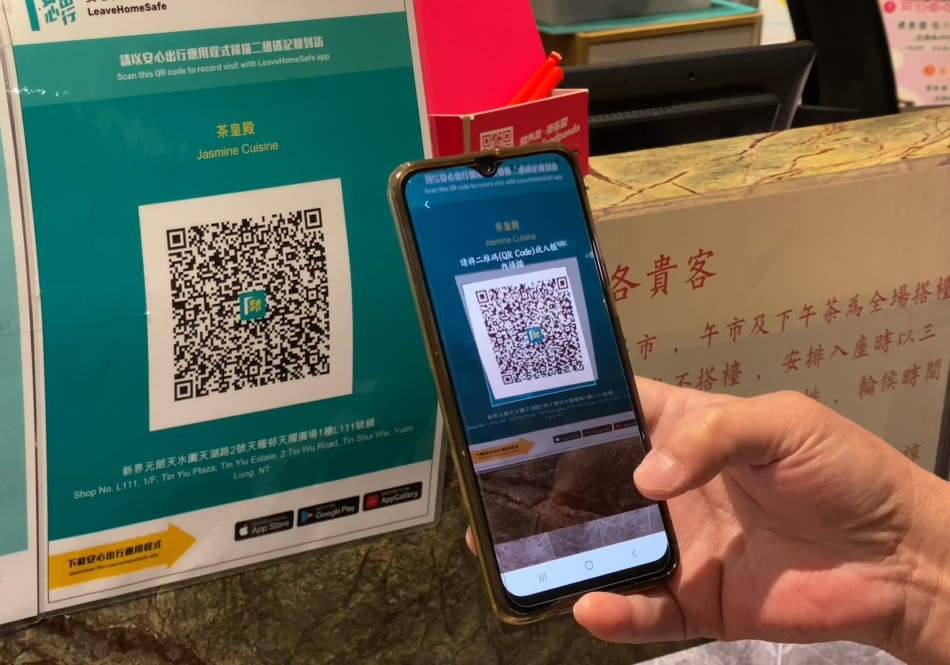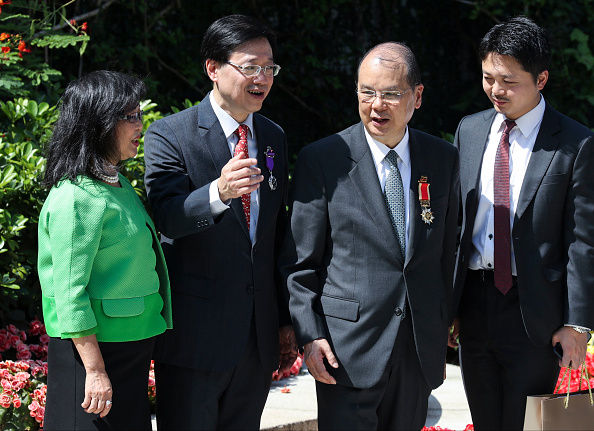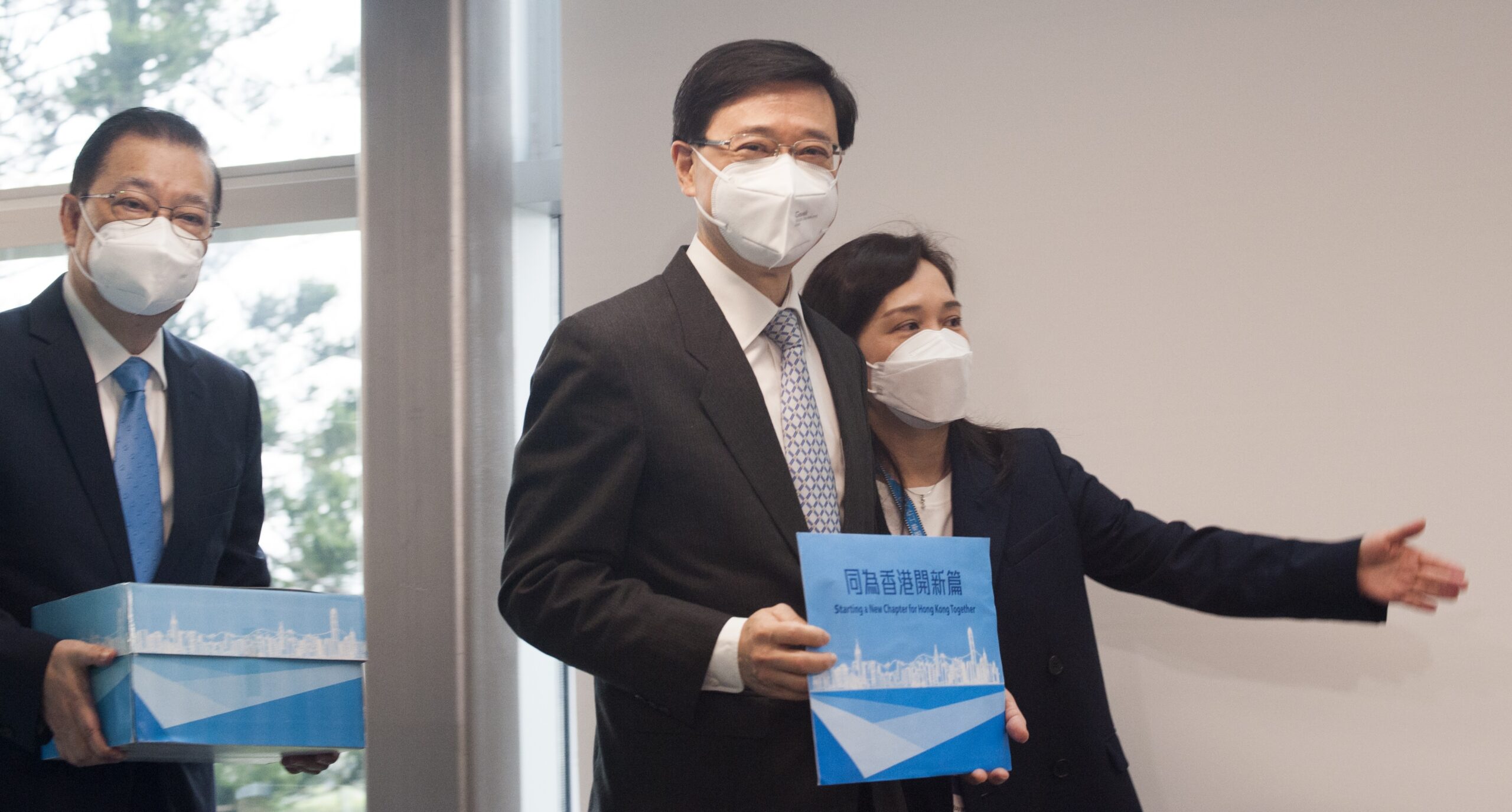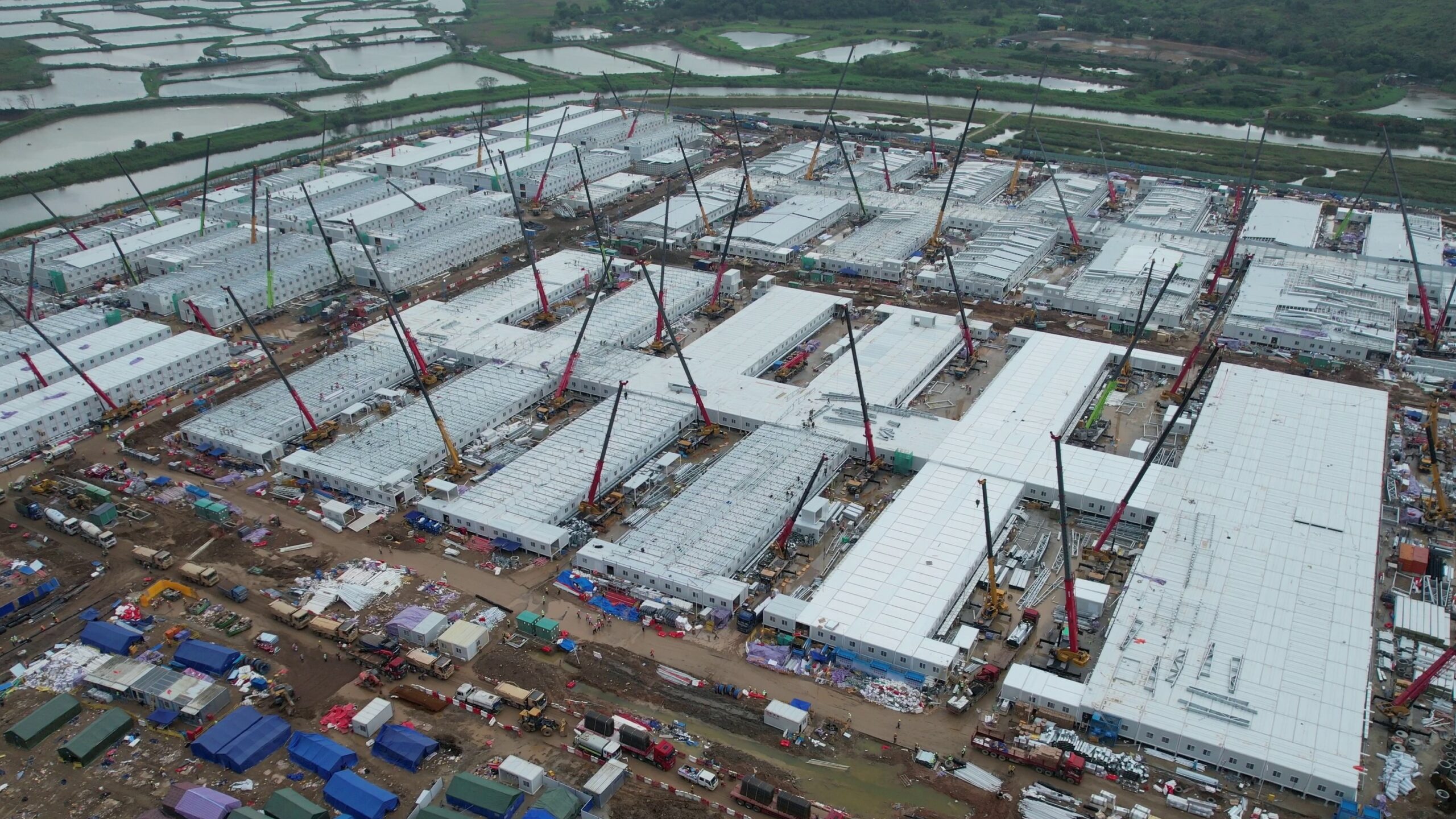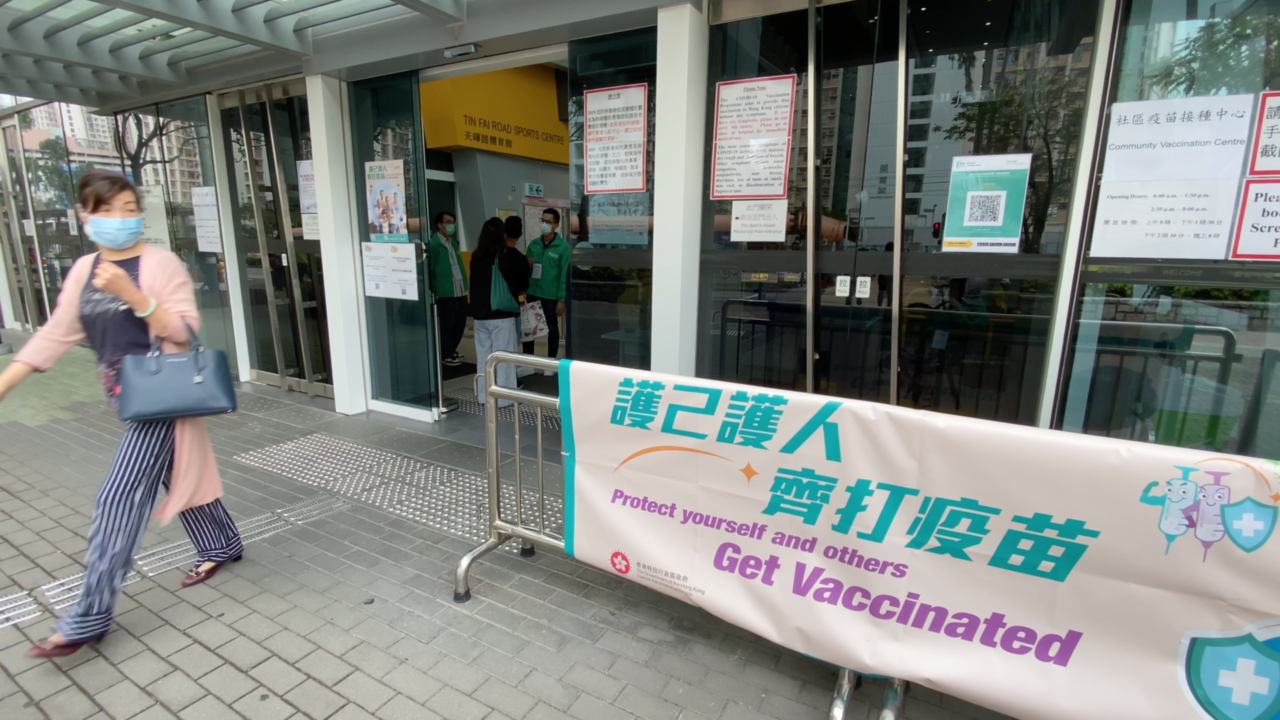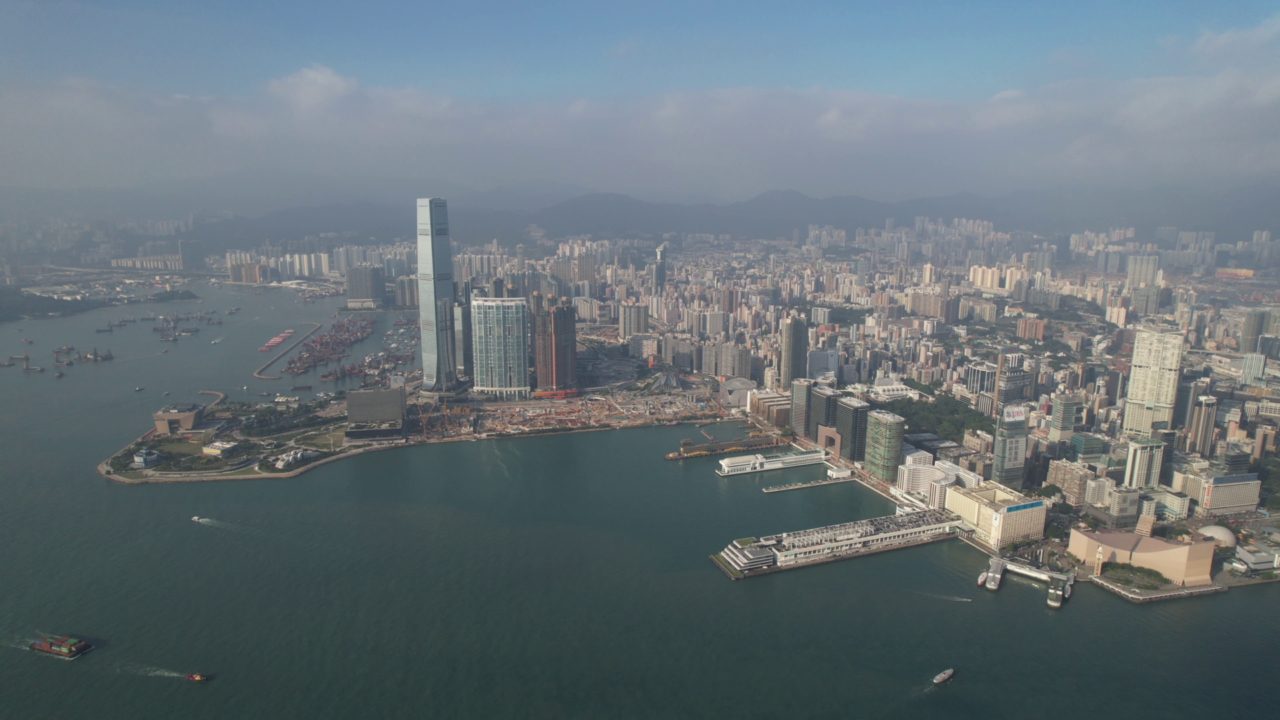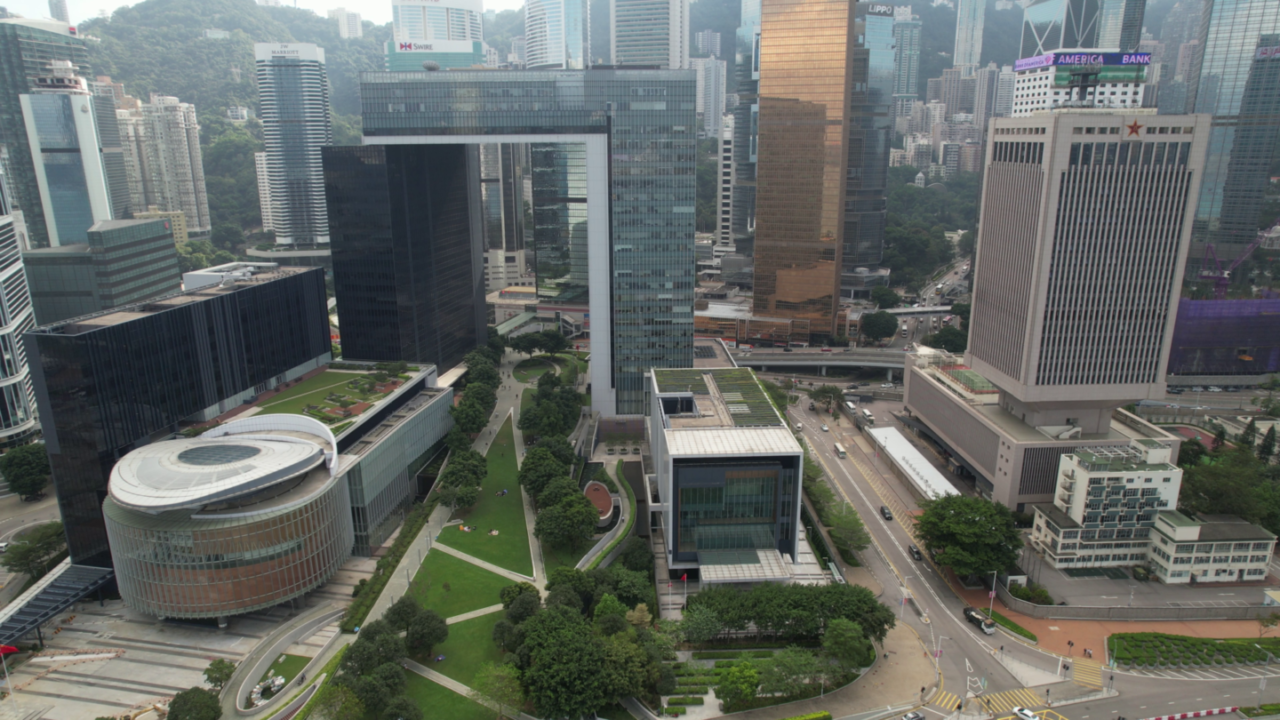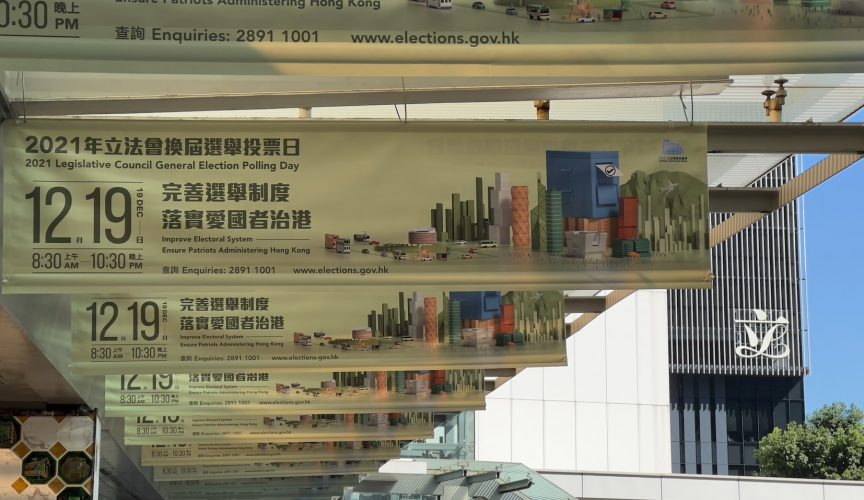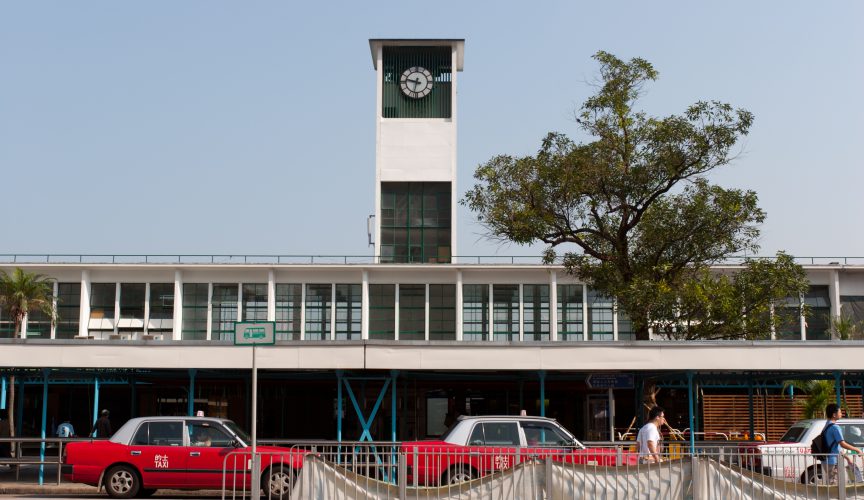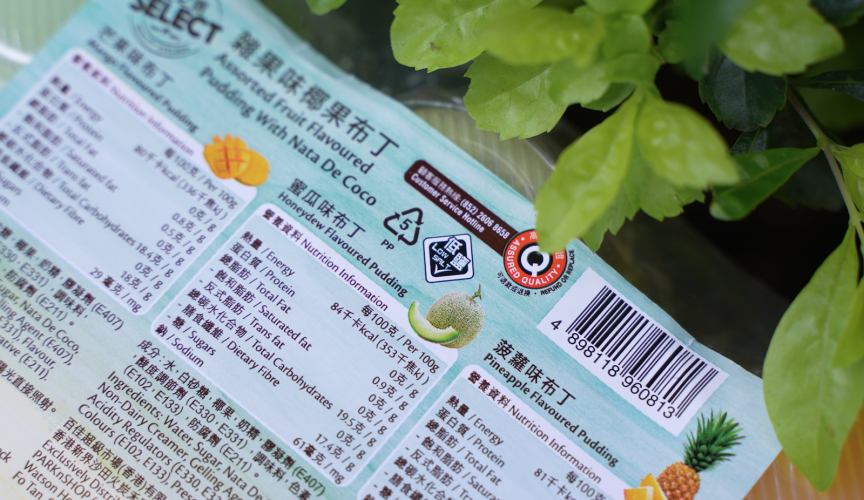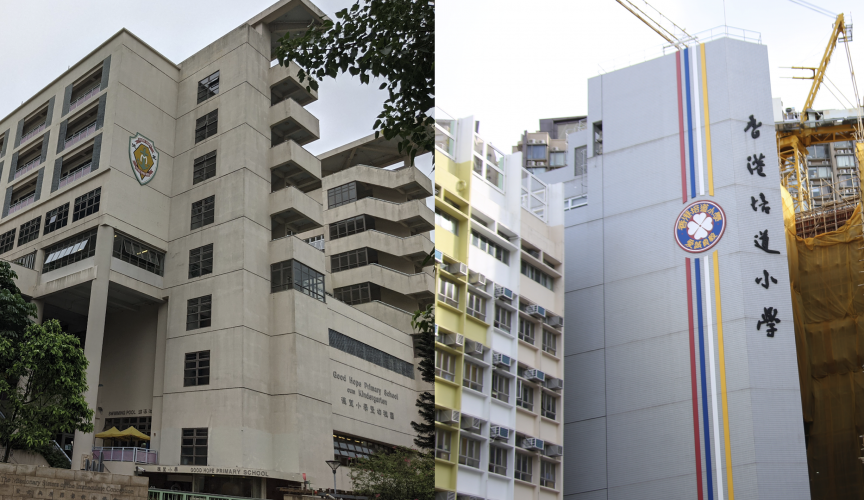Serious discrepancies have been uncovered in results from at least five polling stations for this month’s LegCo election
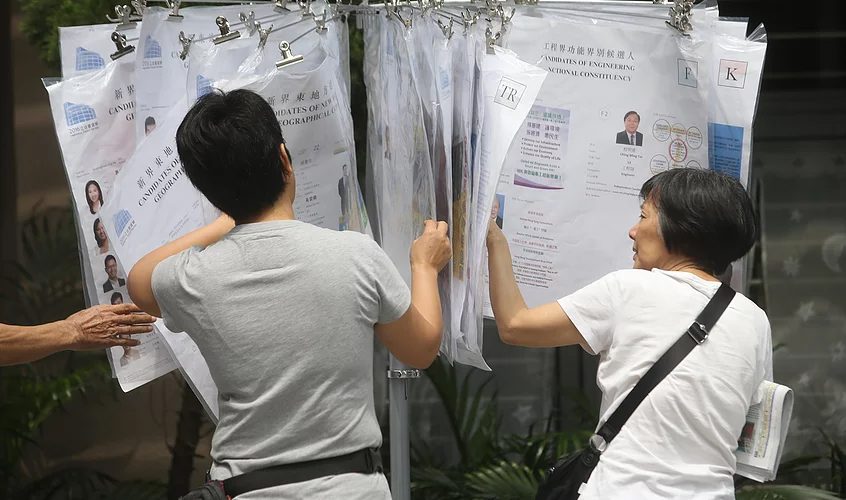
Serious discrepancies have been uncovered in results from at least five polling stations for this month’s LegCo election, FactWire can reveal.
Using statistical records from political parties and citizens, FactWire compared the voter turnout and the total number of ballot papers in 96 stations, one sixth of the 571 polling stations.
FactWire has repeatedly contacted the Registration and Electoral Office (REO) for official statistics on the issuing of ballot papers, hourly voter turnouts and number of invalid ballot papers. No replies have been received.
A total of 571 ordinary polling stations were open to the public during the Legislative Council election on September 4. When the polls closed, most then operated as counting stations, with staff immediately beginning the count. Ballot papers were delivered from small polling stations to the main counting station in the same district, where they were counted along with other ballot papers.
Through contact with political parties and polling agents, and by gathering information at the scene, FactWire reporters obtained records of hourly voter turnout and cumulative voter turnout from 96 polling stations, one sixth of 571 polling stations. This information is marked on a P15 form, accessible on the notice board outside every polling station.
According to the 2016 “LegCo General Election Operational Manual”, the hourly voter turnout marked on the P15 form should be consistent with the hourly number of ballot papers issued. The total number of ballot papers refers to a sum total of the valid and invalid ballot papers (including tendered, spoilt, unused and unmarked ballot papers) of each candidate. The total voter turnout should equal the total number of ballot papers announced at the end of the counting session.
FactWire found two more polling stations in the same situation as those in Tai Po, Tseung Kwan O and Sham Tseng, where ballot papers were found outnumbering the voter turnout on election day by candidates’ representatives. Polling staff in these stations only counted the ballot papers for the geographical constituency within the station, and did not collect or count ballot papers from small polling stations.
The total number of ballot papers was found to have exceeded the voter turnout by 103 and 100 ballot papers at CCC Kei Wai Primary School (Ma Wan) (K1301) and Wan Tau Tong Neighbourhood Community Centre (P1101) respectively.
Along with an excess of 257 ballot papers at Sheung Tak Community Hall (Q2401), 278 at Hong Kong Teachers’ Association Lee Heng Kwei Secondary School (P1001) and 93 at Sham Tseng Catholic Primary School (K1001), the 5 polling stations had a total of 831 excess ballot papers.
The written numbers of voter turnout on P15 forms in Wan Tau Tong Neighbourhood Community Centre, CCC Kei Wai Primary School (Ma Wan) and Sheung Tak Community Hall were revised after the election closed. The last hourly voter turnout and cumulative voter turnout was crossed out, and new numbers were written on the form. The revised numbers were added with 100, 100 and 300 extra ballot papers respectively.
Two photos of the P15 Form at Wan Tau Tong Neighbourhood Community Centre taken at different hours show a change in total voter turnout. At 12am, it was captured as 4,808, then was found changed to 4,908 at 4am, at the end of the counting session. The new number then became consistent with the sum of 4,849 valid ballot papers and 59 invalid papers as announced by the presiding officer.
In the case of CCC Kei Wai Primary School (Ma Wan), although the voter turnout was revised from 4,379 to 4,479, the total number of valid and invalid ballot papers still outnumbered the voter turnout by 3 votes.
At Sheung Tak Community Hall, there was anger after an extra 300 ballot papers apparently appeared from nowhere. The total voter turnout was amended from 6,001 to 6,301 votes on the P15 form, and the revised result came from counting counterfoils. However, the polling staff counted 6,258 ballot papers (a sum of 6,217 valid and 41 invalid ballot papers), which contradicted the number of 6,301 counterfoils. This means that there were 43 extra counterfoils.
A polling agent at Sheung Tak Community Hall, who gave her name as Miss Law, said the cumulative voter turnout was amended at 4.23am. She quoted the presiding officer at Sheung Tak, who said polling staff repeatedly made mistakes while filling in forms. He explained to Law that it was not until they finished counting the counterfoils did they acquire the finalized results of 6,301 ballot papers.
Law saw messy correction marks on statistical forms. She pointed out that more than 2 hours were taken to prepare the station for the counting of ballot papers, and the station did not reopen until 1.40am.
“The total voter turnout was found to be incorrect anyway. If the accuracy of this number is not that important and can be double-checked during the counting procedure, why wasn’t the polling station open earlier so that the general public could participate in monitoring the process?” Law asked.
Tensions were high at another polling station where ballot papers outnumbered voter turnout, this time by 278 votes. At 5am at the Hong Kong Teachers’ Association Lee Heng Kwei Secondary School, the presiding officer announced that the site had to be returned to the school by 6am, so the ballot papers would have to be moved to the Tai Po Community Centre (Exhibition Hall) (P0101) – and the count would have to begin all over again.
Polling agents objected, saying there were inconsistencies in the number of ballot papers. Witnesses reported seeing polling staff inserting counterfoils and unused ballot papers into black suitcases, wheeling them away from the polling stations, and coming back around half an hour later. Despite reporting their observations and complaints to the presiding officer, they received no response. Other ballot papers were placed on the counting desks unmoved. The presiding officer recounted the ballot papers twice, and both yielded different results from the first outcome.
Part 6 of the “2016 Legislative Council General Election – Operational Manual for Presiding Officers, Deputy Presiding Officers, Assistant Presiding Officers and District Liaison Officers” and “2016 Legislative Council General Election – Operational Manual for Polling Officers and Electoral Staff” clearly states the procedures of compilation of statistical returns for each geographical constituency and district council (second) functional constituency.
Each time a polling officer receives a pad of new ballot papers at the issuing desk, he/ she should enter and cross-check both the serial numbers and the quantity of ballot papers received. At the end of every period, which is 15 minutes of every hour, another polling officer should enter serial numbers for the number of ballot papers left at the end of the period (carried forward to the next hour), and pass the records of all issuing desks to another polling officer for computing the quantity of ballot papers left at the end of each period and the quantity of ballot papers issued to the voters during each hour. Such calculations are necessary to cross-check with the hourly voter turnout.
The assistant presiding officer will then collate statistical records from each issuing desk and calculate the hourly voter turnout. Upon verification by the deputy presiding officer, the assistant presiding officer will fill in the hourly voter turnout for Geographical Constituency (P15 blue form) and district council (second) Functional Constituency (P15 white form).
The statistics at polling stations were provided by Hong Kong Indigenous, Democratic Party, Neighbourhood and Worker’s Service Centre, Civic Party, Labour Party as well as polling agents. Some records were collected by FactWire reporters at the scene.

